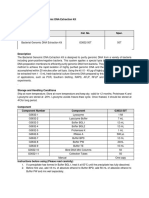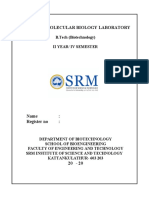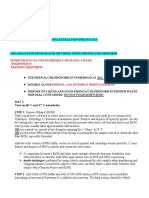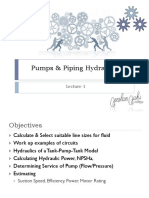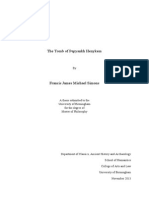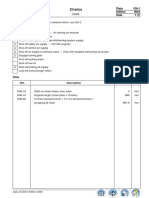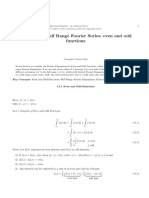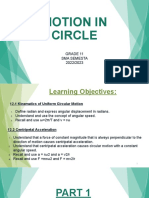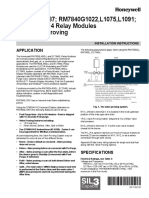0% found this document useful (0 votes)
26 views7 pagesMBA Lab Report 2
The document outlines an experiment conducted at Haliç University to isolate genomic DNA from Gram-negative bacteria using the Vazyme FastPure DNA Isolation Mini Kit. The experiment aimed to assess the quality and purity of the isolated DNA through spectrophotometry and agarose gel electrophoresis, revealing significant contamination and low concentration of the DNA. Recommendations for improving future isolations include extending washing steps and ensuring complete protein digestion.
Uploaded by
imenmezhoud1122Copyright
© © All Rights Reserved
We take content rights seriously. If you suspect this is your content, claim it here.
Available Formats
Download as DOCX, PDF, TXT or read online on Scribd
0% found this document useful (0 votes)
26 views7 pagesMBA Lab Report 2
The document outlines an experiment conducted at Haliç University to isolate genomic DNA from Gram-negative bacteria using the Vazyme FastPure DNA Isolation Mini Kit. The experiment aimed to assess the quality and purity of the isolated DNA through spectrophotometry and agarose gel electrophoresis, revealing significant contamination and low concentration of the DNA. Recommendations for improving future isolations include extending washing steps and ensuring complete protein digestion.
Uploaded by
imenmezhoud1122Copyright
© © All Rights Reserved
We take content rights seriously. If you suspect this is your content, claim it here.
Available Formats
Download as DOCX, PDF, TXT or read online on Scribd
/ 7






































